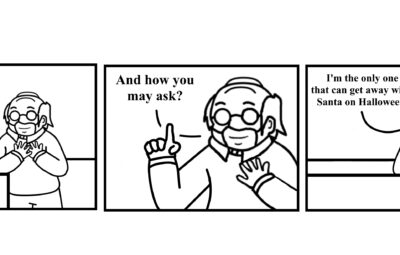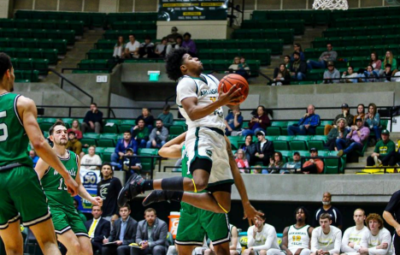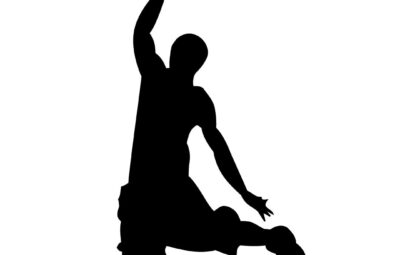PHOTO | Johnan Mitchell
The likelihood of athletes developing eating disorders is high, yet few precautions are being made.
According to the National Association of Anorexia Nervosa and Associated Disorders, 9% of Americans will suffer from an eating disorder in their lifetime; however, athletes are at a higher risk of screening positive for an eating disorder than non-athletes.
This is primarily a concern for collegiate female athletes. A study of Division 1 NCAA athletes showed that over one-third of female athletes reported attitudes and symptoms placing them at risk for anorexia nervosa, the National Eating Disorders Association reported.
While some athletes are at a higher risk than others, every sport and age group has its own stressors that can lead to disordered eating. Cheerleaders and dancers are expected to obtain a specific body image. Weight class sports, such as wrestling, force athletes to focus on dropping or gaining weight. Runners are often encouraged to become thinner to increase their endurance. Unfortunately, the list goes on and on.
Schools and athletic organizations take immense precautions to prevent injuries, as they should, but eating disorders should be heavily stressed as well. Unlike most sports injuries, eating disorders can take years to recover from and, in severe cases, could be a death sentence.
The first step to tackling this issue is prioritizing the well-being of athletes over the sport. Athletes should be taught that they’re vulnerable to eating disorders at an early age, and detecting signs and preventing disordered eating should be at the forefront of every coach’s mind.
Eating disorders are a significant issue in sports, and it’s time that they’re treated accordingly.







